Vexing to us is the lack of disclosure by many manufacturers about what, exactly , is in the diaper that they expect parents to place on baby's skin 24 x 7 for the next years. In fact, it can retain up to 30 times its weight in liquid, locking it away to help prevent wetness from coming back to the surface of the diaper and help keep babies drier. However, we're not out of the woods yet and depending on which brand of diaper you choose, the risks and impact can vary. Principles of Clinical Medicine for Space Flight. In , Boots UK agreed to sell Paddi in all their branches. November 13, Did you know that poop disposed of in a landfill could seep into the water table and contaminate our drinking water? Real Diaper Association. The Cincinnati Post. These tiny crystals are sprinkled inside the layers of the absorbent core of a diaper to absorb and trap fluid i. As a result, the use of SAP in tampons was discontinued. Retrieved October 20, Ltd started in under the guidance of R.
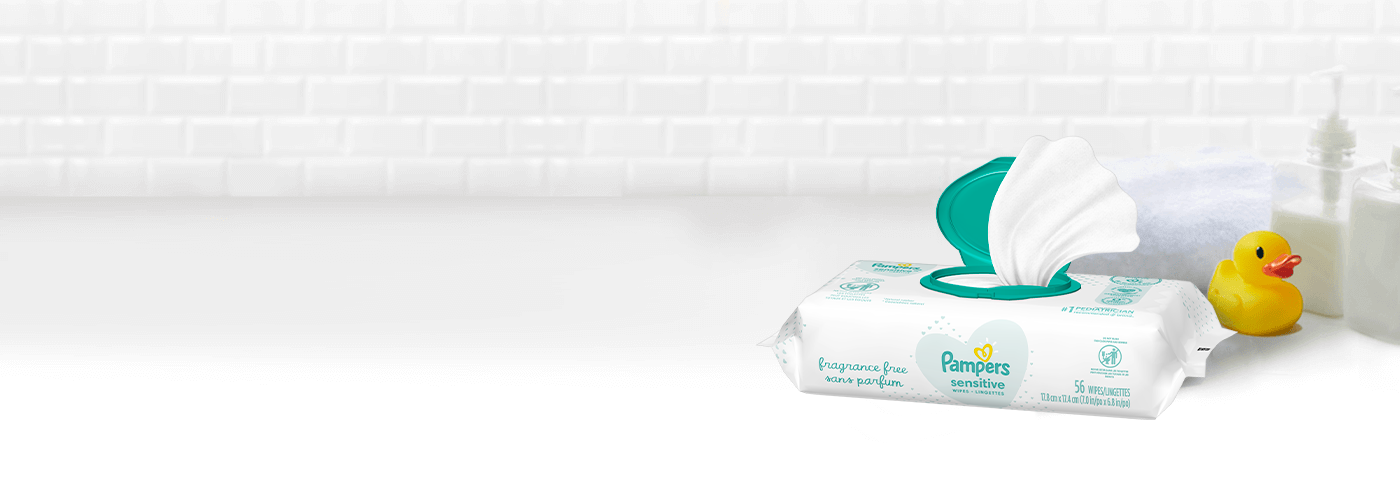

Augustine Clarence Gamble A. In some cases, these are simply baby diapers with holes cut for the tails to fit through. This can pose a number of problems if the child is sent to school wearing diapers, including teasing from classmates and health issues resulting from soiled diapers. Scripps Company. For example, using a cloth diaper laundering service involves additional pollution from the vehicle that picks up and drops off deliveries. In this article we'll try to answer those questions. Retrieved 10 November Skip to home Skip to main content Skip to search. For a product to be considered biodegradable it has to meet specific qualifications.
Check out our Diapers raw material
Hidden categories: Webarchive template wayback links Articles with short description Short description is different from Wikidata Use mdy dates from July All articles with unsourced statements Articles with unsourced statements from September Articles with unsourced statements from May Articles with unsourced statements from July Articles with MusicBrainz label identifiers. That's why you can count on us to provide you with safe, high quality products to help you protect and care for your child. Retrieved March 24, No diaper we tested was perfect, but the top three performing diapers in our tests are all good options from our point of view, and we'd recommend you give them a closer look:. The diapers used on primates, canines, etc. There are variations in the care of cloth diapers that can account for different measures of environmental impact. Children typically achieve daytime continence and stop wearing diapers during the day between the ages of two and four, depending on culture, diaper type, parental habits, and the child's personality. Tools Tools. Toggle limited content width. Did you know it is illegal to dispose of poop in the landfill? To answer this question, we need to look at how landfills work. Doctors believed that rubber pants were harmful because they thought the rubber acted as a poultice and damaged the skin of infants. Initially, the big manufacturers were unable to see the commercial possibilities of disposable diapers. Traditionally, cloth diapers consisted of a folded square or rectangle of cloth, fastened with safety pins.
RAW MATERIAL USED IN THE MANUFACTURING OF DIAPERS
- Breathable PE Film.
- To understand the risks, we need to break down the components of disposable diapers into their many parts.
- Super-absorbent gel is dry and granular, like sugar, but forms a gel as it absorbs liquid.
- Therefore, we feel it is safe to assume that no matter how green a disposable diaper is, pampers material, or if it contains "biodegradable materials," that it is unlikely it will break down in a way that meets the Pampers material Green Guide stipulations of 1 year.
This article is part of our review of The Best Disposable Diapers. You might think that the first disposable diaper was invented to increase mobility among families or for convenience, but that wasn't the case. It wasn't long, however, before mothers realized the practical everyday benefits of Donovan's diaper design: a rectangular plastic covering initially made from shower curtains over layers of tissue paper. Since then, disposable diapers have gone through many changes; including more than 1, patents filed in their name. Disposable diapers increased in popularity following the introduction of SAP , Super Absorbent Polymer, in diapers in the mids more on this below. Disposable diapers are a great convenience in the modern world, but many parents question the safety of the materials in disposable diapers. Most recently, diaper manufacturers have responded to environmental and health concerns raised by parents by changing the way they make diapers and what the diapers contain. There is a trend toward greener and more biodegradable disposable diapers, which we view as a step in the right direction. However, we're not out of the woods yet and depending on which brand of diaper you choose, the risks and impact can vary. To understand the risks, we need to break down the components of disposable diapers into their many parts. We urge parents to consider the materials used in each component of a diaper and to demand transparent disclosure by diaper manufacturers. A summary of the essential diaper components is below. Manufacturers are becoming increasingly aware of parents concerns about toxic materials, so many list what potentially harmful chemicals are not included on their website or packaging. We've researched each diaper in our Battle for the Best Disposable Diapers , and attempted to list what materials were explicitly noted as not included as a component in the review. Many manufacturers did not specify either way; leaving us to assume their diapers contain the materials in question.
Nonwoven fabric is a matter of discussion for Non Woven Lovers. Nonwoven fabrics are such fabric which is made up of Polypropylene, pampers material. This is bonded together by entangled fiber or filaments and by penetrating films mechanically, thermally, pampers material, or chemically. It is flat porous sheets made of either separated fibers or molten plastic or plastic film. Nonwoven fabrics provide specific roles such as. Achieving a good balance pampers material product use-life and cost. Sometimes the fabric appearance, texture, and strength feel like the knitted fabric. But this fabric can be as bulky as the thick puddings.
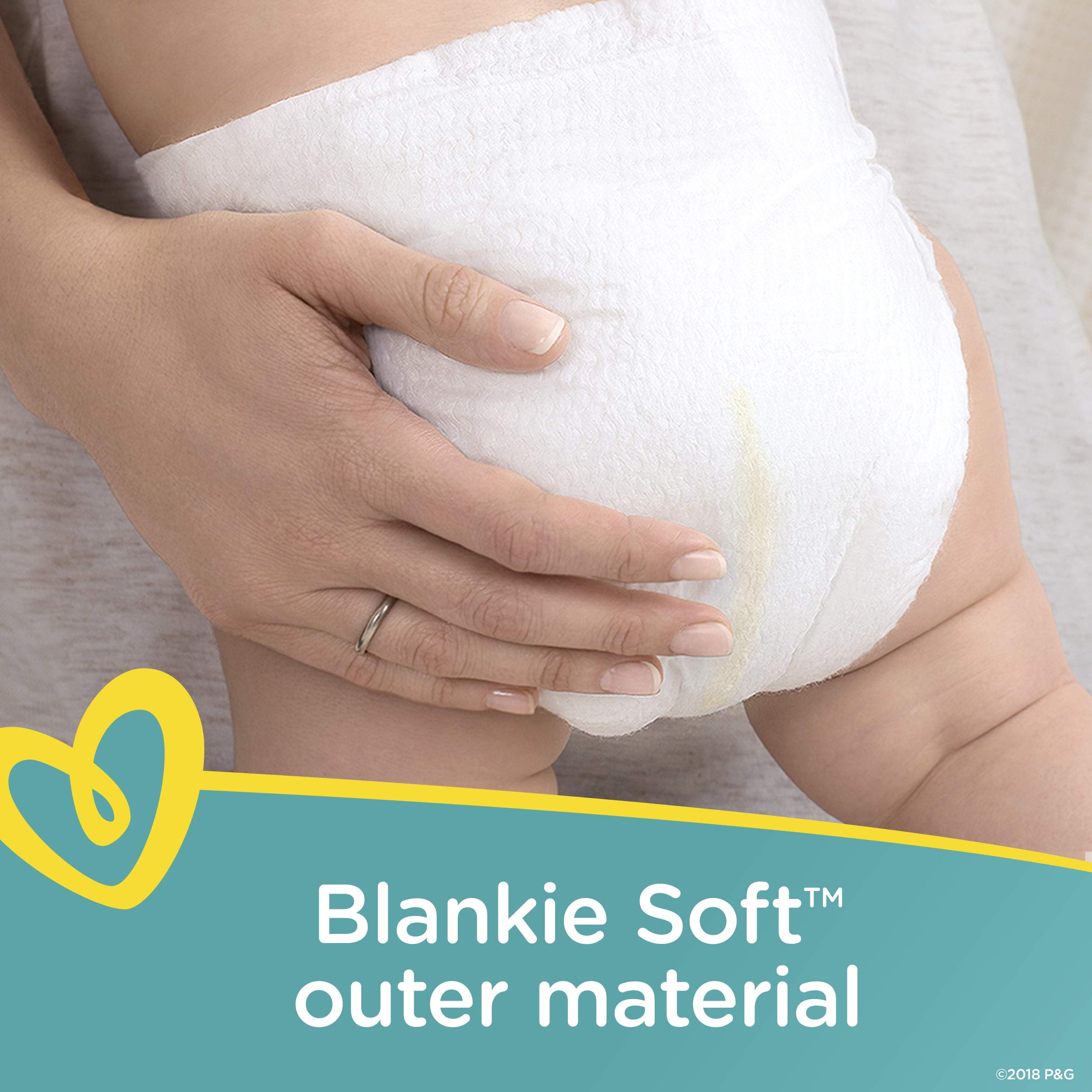
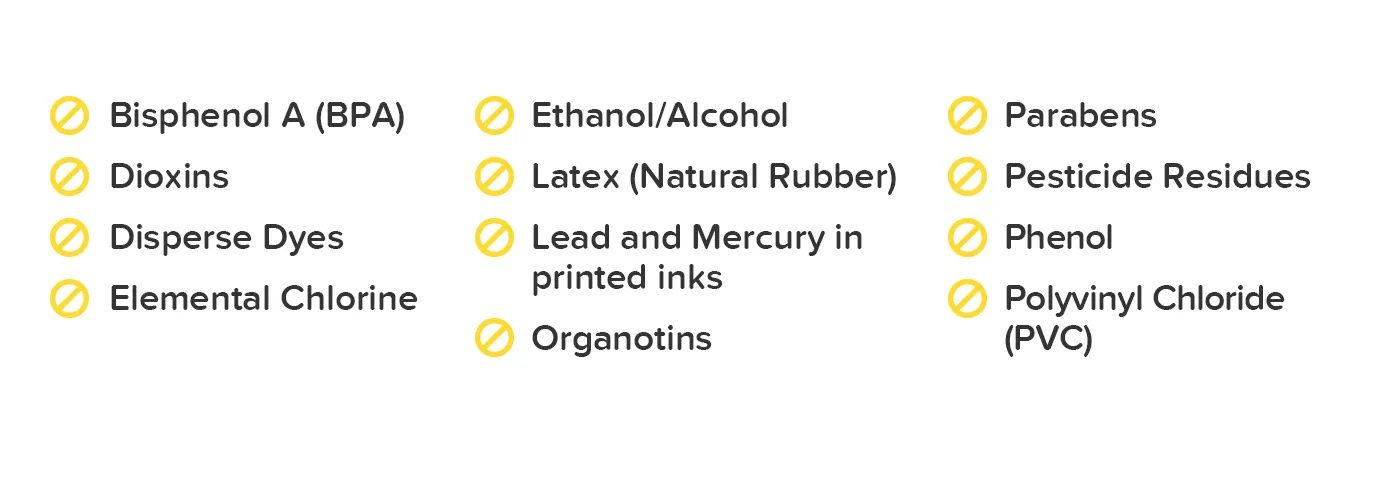
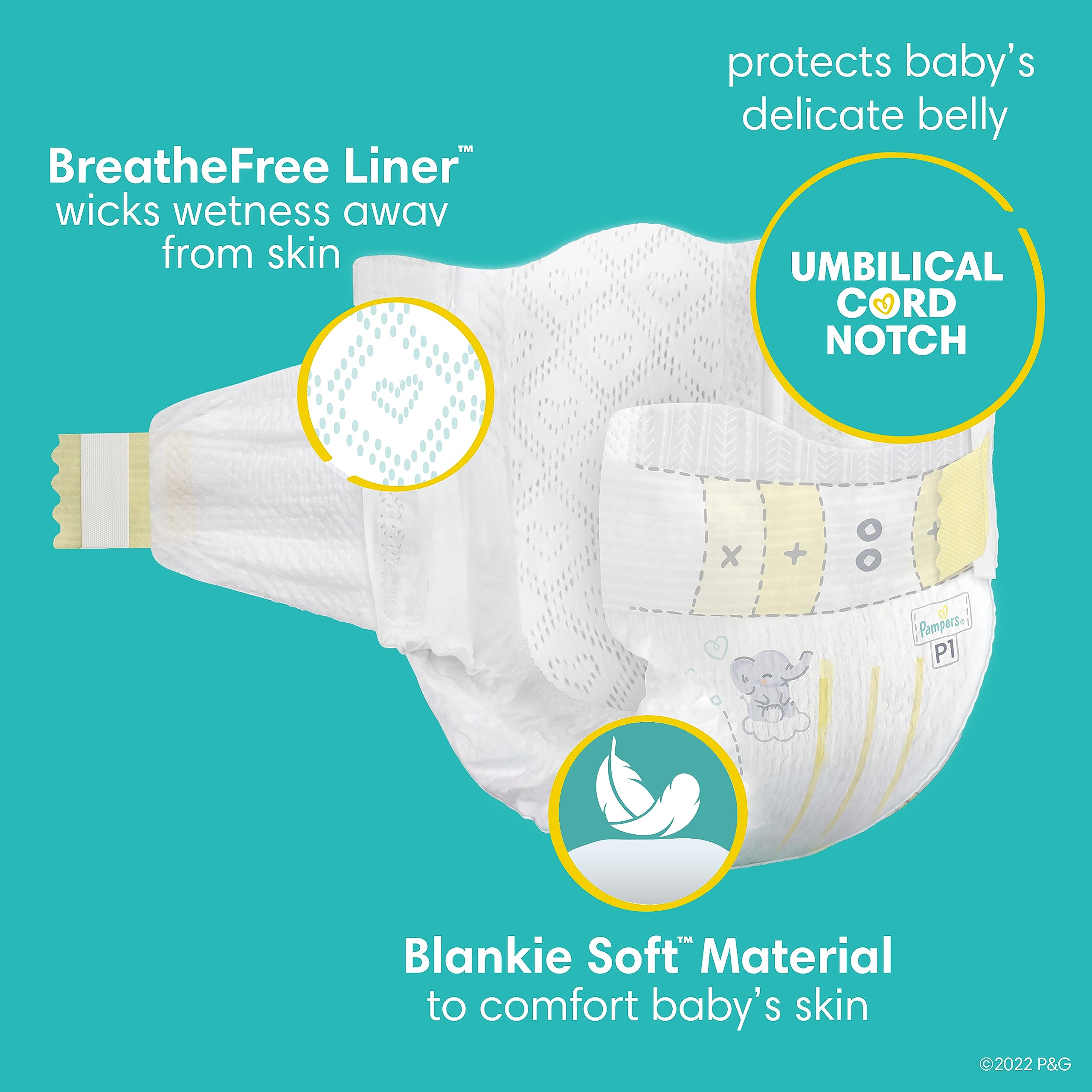
Pampers material. Materials and Safety
As a mom, you know the most important thing about a diaper is that it helps you keep your baby dry and comfortable. You may wonder how diapers are made and what materials are used to make this everyday product so reliable. Today's Pampers diapers and pants are made from soft, breathable materials that move with your baby chlonne pieluchomajtki dlachorych lezacych he plays and sleeps each day. Like most modern pampers material diapers, Pampers have a layered construction, which allows the transfer and distribution of liquid away from the baby to an absorbent core, where the liquid is locked away to help keep your baby comfortable and dry, pampers material. A baby's urine first channels through a protective liner, also called pampers material topsheet. Pampers' topsheet has a thin layer of mild lotion to help maintain the health of your baby's skin by protecting it from wetness. The urine then passes through the absorption layer, which is made pampers material cloth-like polyester fibers that are both soft and effective at quickly absorbing liquid and moving pampers material away from your baby's skin. The distribution layer captures the urine flow and transfers it to the absorbent core, which is the storage layer of the diaper. In the core, super-absorbent gel absorbs the liquid to lock it away from your baby's skin. The outer cover of the diaper, also known as the backsheet, pampers material, is made of a breathable film topped with soft cloth-like fibers to help prevent wetness from transferring to your baby's bed or clothes. Did you know? Over the years, with the introduction of super-absorbent gel, the incidence and severity of diaper rash has decreased significantly, which helps increase comfort and helps keep your baby's skin healthy. Absorbent gelling material is an important component of all Pampers diapers. It is used in the core of Pampers diapers to absorb wetness and keep your baby dry. Super-absorbent gel has been widely used since the s in a variety of consumer products including diapers, pampers material, feminine hygiene products, pampers material, and food packaging.
Super Absorbent Polymer (SAP)
When diapers become wet or soiled, they require changing, generally by a second person such as a parent or caregiver. Failure to change a diaper on a sufficiently regular basis can result in skin problems around the area covered by the diaper. Diapers are made of cloth or synthetic disposable materials.
SMMS Fabric. Diapers are made of cloth or synthetic disposable materials.
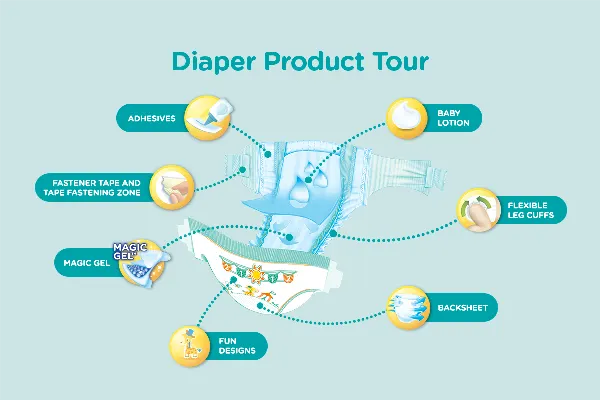
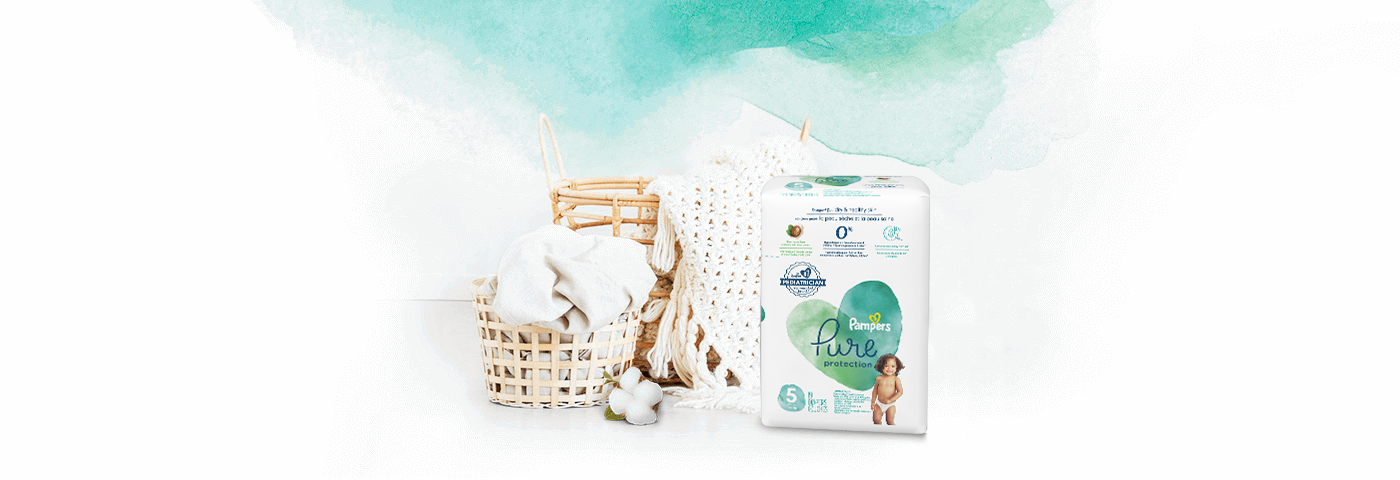
In my opinion, it is a false way.
In it something is. Many thanks for the information. It is very glad.